When children have begun to master the letter names and sounds, it is time to start building simple three letter words. These pool noodle build word towers activities are a great way to combine literacy with a little engineering. It is perfect for the child who enjoys learning through movement and play.
Here’s how to play this Pool Noodle Game.
Pool Noodle Build Word Towers Activities for Learning to Read
Learning Objective: Read simple 3 letter words.
Materials Needed
- ABC Pool Noodle Beads
Click here for directions on how to make the ABC Beads.
How to Play Pool Noodle Word Towers.
1. Say a simple three letter word.
Here are some sample 3 letter words that follow the classic sound patterns to get you started.
- peg, leg,
- dig, rig, pig,
- pan, man, fan, ran,
- run, sun, fun, bun
- hop, top, pop, bop
- bug, rug, dug, hug
- bit, fit, kit,
- get, pet, set, met
- cat, fat, rat, mat
2. Build the word.
3. Knock the word over.
4. Repeat 1-3.
Challenge: See how many towers you can build using the 26 letters in the alphabet. Each letter can be used only once. (hint – it is more than 2 and less than 6 word towers!)
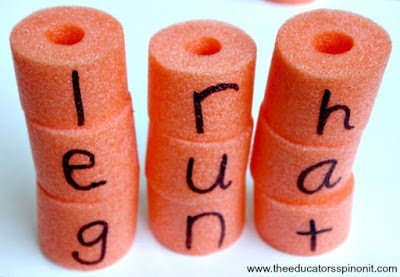
POOL NOODLE LEARNING ACTIVITIES FOR KIDS
We have several Pool Noodle Learning Activities that you might also enjoy.
- Build a Word Tower with Pool Noodles {You’re Here}
- Pool Noodle Sight Word Boat Races
- 15 Pool Noodle Activities for Kids
- Giant ABC Beads with Pool Noodles
- Pool Noodle Boat Matching Game
- Pool Noodle ABC Basket
- Base Ten Basket with Pool Noodles
- Pool Noodle Alphabet Order Obstacle Course
Click on the images below to see how to make and play these pool noodle learning activities!
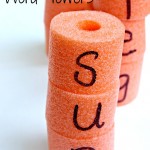
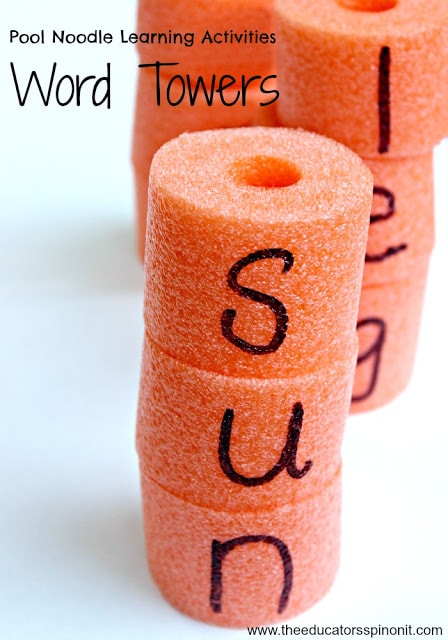
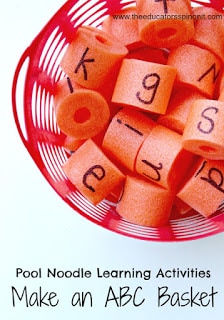
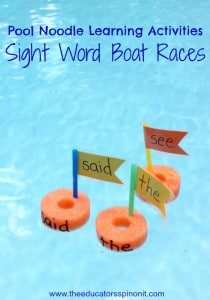
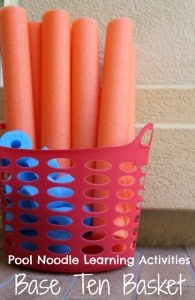

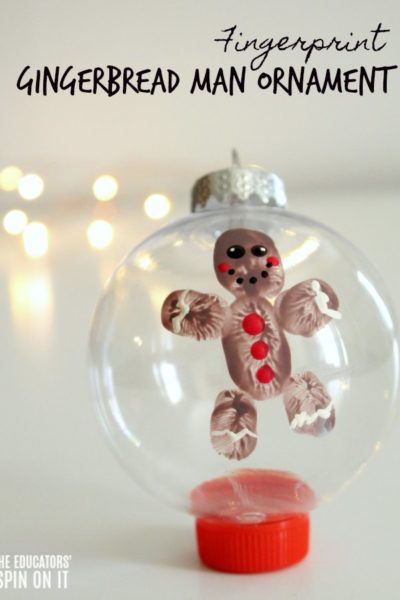
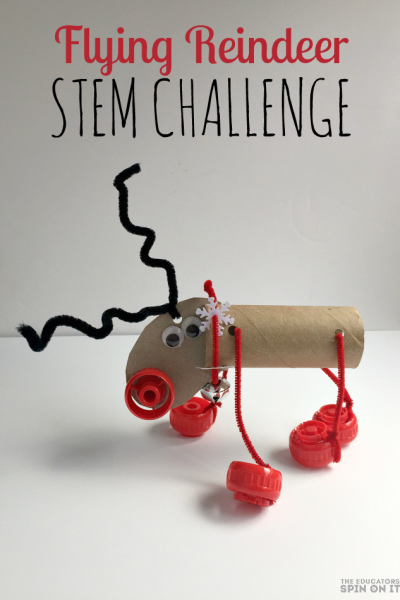

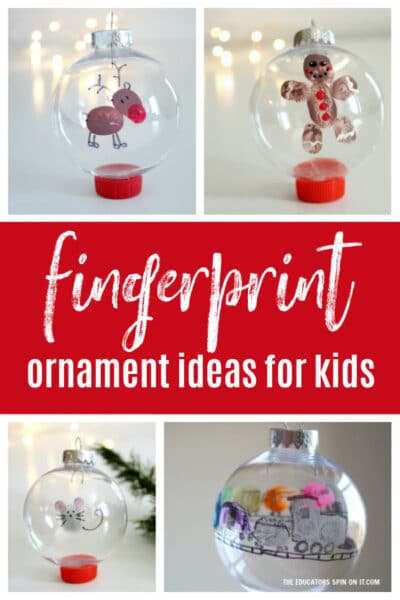

This is a cute idea! I’m just wondering how experienced with literacy the kiddos need to be in order to put the letters together for the tower. Looking at it, it seems that they would need to understand how to manipulate the letters since they have to be built backwards in order to read them. I’d love to hear your thoughts on how to explain this. Please know I am not being critical –AT ALL–rather, I’m looking for advice on an explanation to the kiddos. Thanks so much. I sure hope to use this with my niece this summer. (Also might be good for order numbers forward and backwards).
You can put them side by side first, then stack them. Which gives them repetition with the same sounds, experience making the word the “traditional” left to right and building! I would say, kids need to have a pretty good understanding of letter sounds. The typical age is K-1st grade, some kids learn older and younger too.